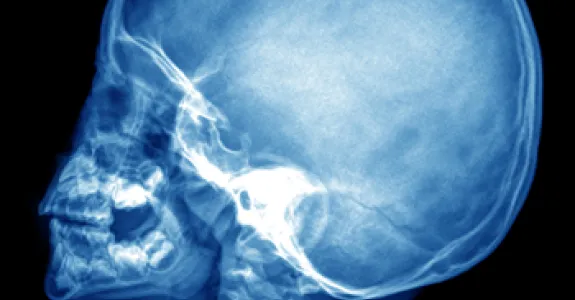
Permanent vision loss caused by papilledema, the swelling of the optic nerve heads due to elevation in intracranial pressure (ICP), occurs in 50% of people with idiopathic intracranial hypertension (IIH) as well as individuals with high ICP from other neurological and neurosurgical diseases. One reason that blindness results from IIH, which is a treatable disease, is lack of timely, accurate clinical markers with which to identify those who are at risk of losing vision.
Dr. Heather Moss's research program seeks to identify and develop such markers through studies of papilledema physiology in humans affected by IIH. Her current studies focus on humans with IIH because this accurately captures both the disease of interest and the target population. The conceptual frameworks that underlie my research program are drawn from her doctoral level engineering training. Using a mechanical (structural) framework, Dr. Moss is evaluating the effect of changing intra-cerebral and intra-optic nerve forces from ICP and papilledema on the shape of the optic nerve and retinal blood vessels. Using an electrical (functional) framework, she is evaluating patterns of visual pathway dysfunction in papilledema using non-invasive techniques of electrophysiology, pupillary light response and psychophysics. Markers based on both of these frameworks have the potential to capture the dynamics of pathophysiological changes associated with evolving and resolving papilledema with less delay than currently used clinical markers.
Dr. Moss's aim is to develop non-invasive structural and functional markers of papilledema physiology that predict visual outcomes in IIH and guide tailored intervention that will improve visual outcomes and prevent blindness. The short-term objective of her research program is to evaluate candidate markers with regards to differences between untreated IIH, treated IIH and normal patients, changes over time in IIH patients receiving treatment, and differences between IIH patients with and without vision loss. The long-term objective of her research program is to elucidate markers of papilledema physiology that can be studied non-invasively and to ascertain their ability to predict future visual function in IIH and guide clinical management.
Other areas of active research include study of peri-operative vision loss and optic neuritis using secondary data analysis techniques. I am actively involved in clinical trials through the Neuro-Ophthalmology Research Disease Investigator Consortium (NORDIC).

